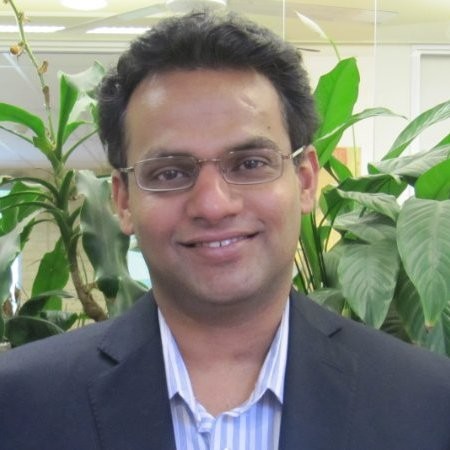Interests
Physically inspired signal processing problems in the areas of Acoustics and Spatial Audio; Wireless and Mobile Communications; and Bio-medical applications. These include spatial sound-field recording and reconstruction, broadband/nearfield beamforming, array signal processing, photo-acoustics, wireless channel modelling, capacity analysis of spatial channels, wave propagation modelling, and MIMO systems.
Research
LEAD
- Active noise control over space using Spherical Harmonic Domain/Wave Domain Signal Processing (SONY)
- Active sound control and noise reduction over space
- Human-Unmanned Aerial Vehicle interactions: Making drones talk and listen
- Planar microphone array for spatial audio recording
- Privately owned public space: Noise cancellation over multiple regions
- Spatial Sound Control for Testing Multi-channel Audio Devices
INVESTIGATOR
- High-tech Biodiversity Rescue
- The cocktail party problem: Advancing binaural localisation techniques
Biography
Professor Thushara Abhayapala received a BEng (Honors) in 1994 and a PhD degree in Engineering in 1999, both from the Australian National University, Canberra. He was the Deputy Dean of CECS between 2015-18, the Director of the Research School of Engineering at ANU between 2010-14, and the Leader of the Wireless Signal Processing (WSP) Program at the National ICT Australia (NICTA) from November 2005 to June 2007.
Activities & Awards
Professor Abhayapala has supervised more than 40 PhD students, and co-authored over 300 peer reviewed papers. He was an Associate Editor of IEEE/ACM Transactions on Audio, Speech, and Language Processing (2013-17) and a Member of the Audio and Acoustic Signal Processing Technical Committee (2011-2016) of the IEEE Signal Processing Society. He is a Fellow of Engineers Australia (IEAust).
Among many contributions, he is one of the first researchers to use spherical harmonic based eigen-decomposition in microphone arrays and to propose the concept of spherical microphone arrays; novel contributions on the multizone sound field reproduction problem; and was one of the first to show the fundamental limits of spatial sound field reproduction using arrays of loudspeakers and spherical harmonics.
